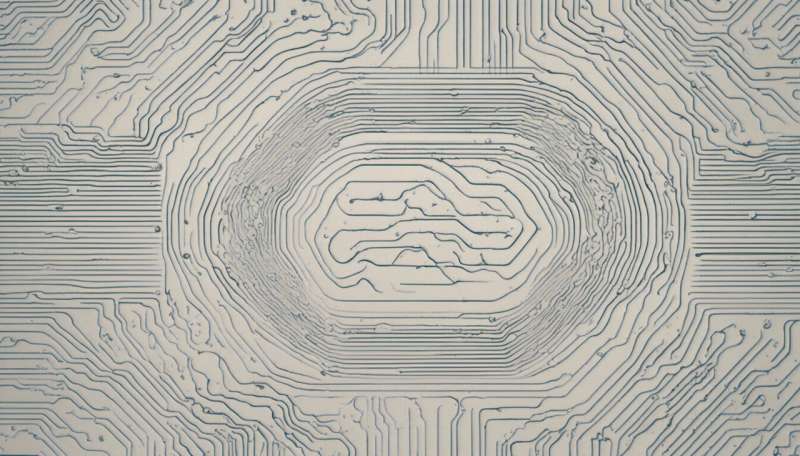Data buffering scheme improves the performance of solid-state drives

Solid-state drives (SSDs) store digital information using electronic circuits. The power efficiency of SSDs and their ability to read and write data quickly means that they are becoming the primary storage device in computers. A major drawback of SSDs, however, is the limited number of times that data can be stored and deleted—an aspect that hinders the use of these devices for data-intensive applications known as data-center environments.
Qingsong Wei and co-workers at the A*STAR Data Storage Institute and National University of Singapore have developed a scheme for writing data to SSDs that could circumvent these problems to make solid-state drives useful for an even broader range of applications.
SSDs divide their storage space into distinct areas called blocks. A computer can either save large files across consecutive blocks—a process known as sequential writing—or write smaller files in blocks scattered throughout the device—so-called random writing.
The researchers conducted an intensive workload study of the distribution of read and write request sizes over ten real enterprise workload traces supplied by the Storage Network Industry Association. They found that the highest traffic was from small, random requests of less than 64 kilobytes in size.
Generally, random writing is much slower—by as much as four times—than sequential writing. One way around this bottleneck is to use part of the memory as a 'buffer'. The buffer briefly stores data as it comes into the drive, which then enables sequential writing at a later time. Current buffer management approaches improve sequential writing but only at low buffer usage, wasting expensive buffer space.
Wei's team helped to solve this problem through an alternative approach that categorizes the data in the buffer by its popularity, which reflects how frequently the data is likely to be needed. The scheme retains popular blocks in the buffer, rather than deleting them, and sequentially writes less popular blocks to the SSD.
"Our buffer management scheme can increase sequential writing with high buffer utilization, thus improving performance and extending the lifetime of the SSD," says Wei.
The researchers tested the approach and demonstrated that the so-called popularity-aware buffer management scheme, or PAB, can achieve an improvement in performance of up to 72 per cent and triple the device lifetime compared to existing schemes. "Our method reduces the cost of SSDs by improving buffer utilization and is easy to implement," explains Wei. "Our next step will be to design smarter SSDs by integrating these same ideas with emerging non-volatile memory."
More information: Wei, Q., Zeng, L., Chen, J. & Chen, C. "A popularity-aware buffer management to improve buffer hit ratio and write sequentiality for solid-state drive." IEEE Transactions on Magnetics 49, 2786–2793 (2013). dx.doi.org/10.1109/TMAG.2013.2249579
Journal information: IEEE Transactions on Magnetics




















